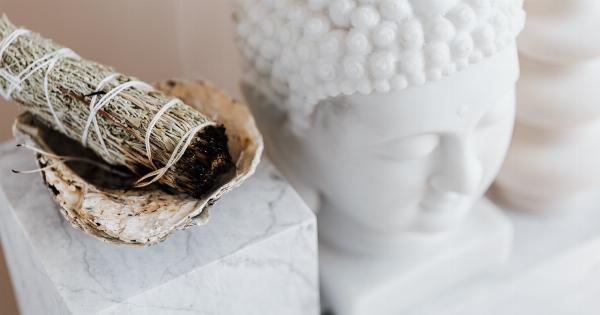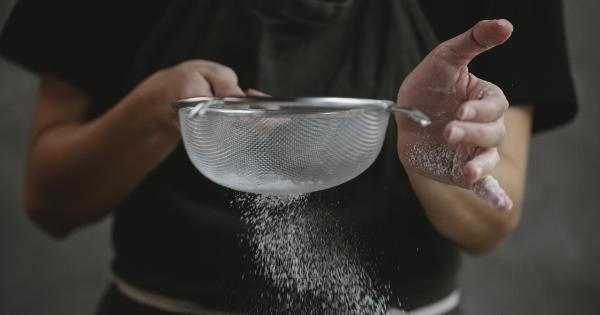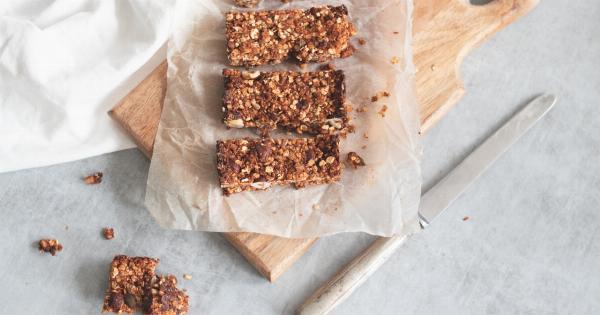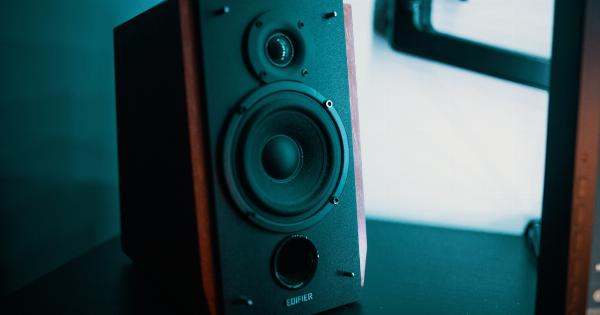Living with cigarette smoke can be unpleasant, especially if you or your family members don’t smoke. The lingering smell of smoke can seep into furniture, carpets, and walls, making it difficult to enjoy a fresh and clean living space.
However, there are several effective methods and strategies you can use to eliminate unwanted cigarette smoke at home. In this article, we will discuss ten proven techniques that can help you get rid of cigarette smoke and enjoy a smoke-free environment.
1. Open Windows and Doors
One of the simplest ways to remove cigarette smoke from your home is to open windows and doors. By doing so, you allow fresh air to enter your living space and push out the smoky air.
This method can help significantly reduce the smell and improve air circulation.
2. Use Air Purifiers
Air purifiers are an excellent investment for anyone looking to eliminate unwanted cigarette smoke. These devices use filters to capture and remove smoke particles from the air, leaving behind fresher and cleaner air.
Place air purifiers strategically in rooms where smoke tends to accumulate, such as the living room or bedrooms.
3. Clean and Vacuum Regularly
Regular cleaning and vacuuming can help remove smoke particles and reduce the smell of cigarette smoke in your home. Pay extra attention to upholstered furniture, curtains, carpets, and other surfaces that tend to absorb smoke odors.
Use odor-neutralizing sprays or fabric fresheners to help eliminate lingering smells.
4. Wash Fabrics
Washing and laundering fabrics can be an effective way to get rid of cigarette smoke. Machine wash your curtains, beddings, pillow covers, and clothing to remove smoke particles and odors.
Don’t forget to clean or replace your air conditioning and heating system filters regularly, as they can trap smoke particles.
5. Use Baking Soda
Baking soda is known for its odor-neutralizing properties. Sprinkling baking soda on carpets, furniture, and other surfaces can help absorb and eliminate cigarette smoke smells.
Leave the baking soda on for a few hours or overnight, then vacuum it up to freshen your home.
6. Eliminate Smoke with Vinegar
Vinegar is another natural and inexpensive solution for removing cigarette smoke. Fill several bowls with white vinegar and place them around the house, particularly in areas where the smell is most concentrated.
The vinegar will absorb the smoke odor over time, leaving your home smelling fresh.
7. Clean Walls and Hard Surfaces
Smoke tends to cling to walls and hard surfaces, so it’s essential to clean them thoroughly. Use a mixture of warm water and mild dish soap to wipe down walls, ceilings, countertops, and other surfaces regularly.
This will help remove smoke residue and minimize the smell.
8. Change AC and HVAC Filters
If you have an air conditioning or heating system, regularly changing the filters is crucial to maintain clean and fresh air. Smoke particles can get trapped in these filters, affecting the air quality in your home.
Consult your system’s manual to determine the appropriate filter type and replacement schedule.
9. Create a DIY Smoke Odor Absorber
You can easily create your own smoke odor absorber using household items. Fill a small bowl with activated charcoal, coffee grounds, or cat litter, and place it in areas where you want to neutralize the cigarette smell.
These materials are known to absorb odors effectively.
10. Establish a Smoke-Free Zone
If you have smokers in the household, consider designating a specific area outside the house for smoking. This can help contain the smoke and prevent it from spreading throughout your home.
Encourage smokers to use this designated space, minimizing the impact of cigarette smoke indoors.































